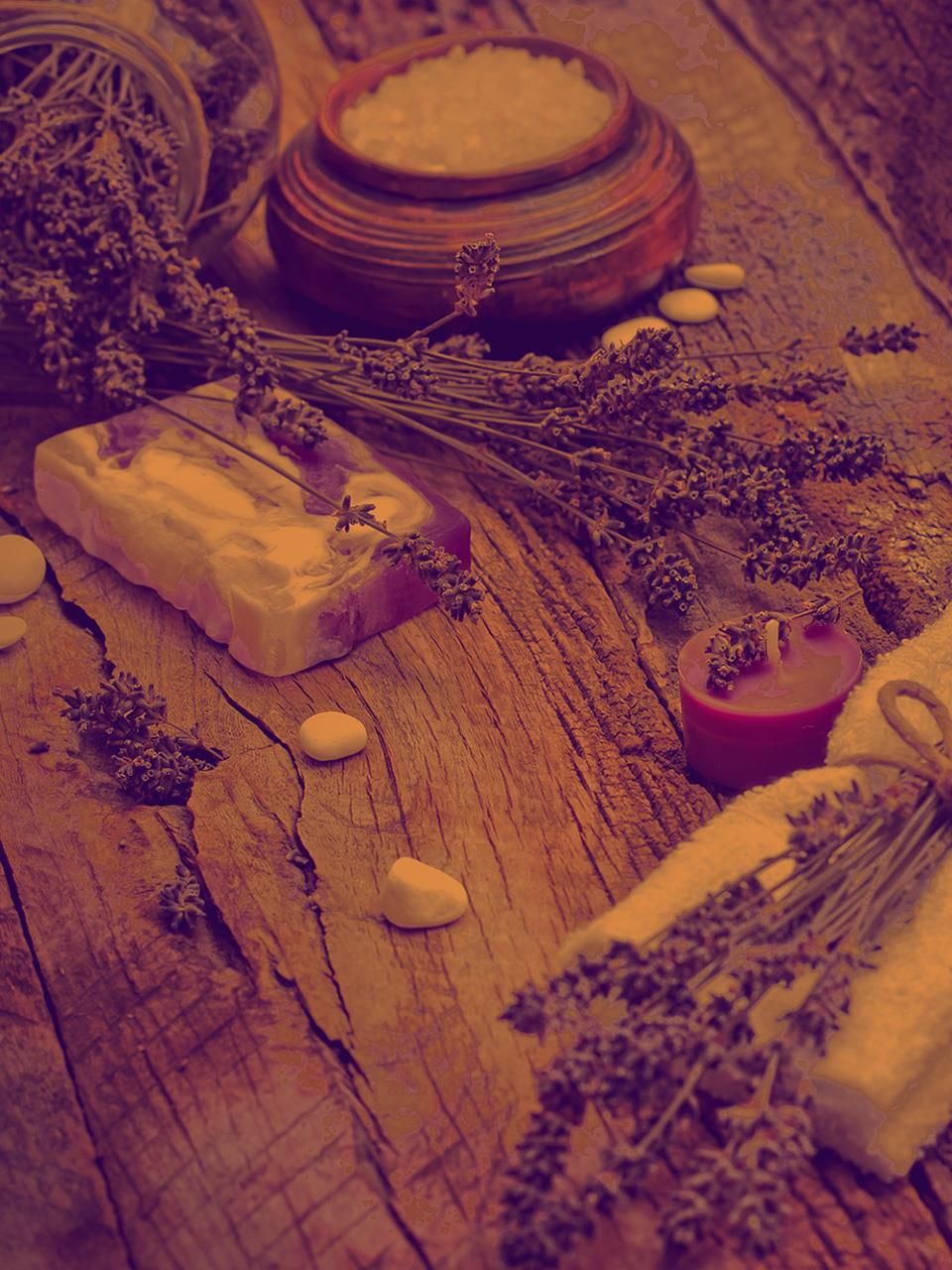
Tap to Read ➤
How to Make Lavender Essential Oil
Ningthoujam Sandhyarani


Lavender oil is most commonly known for its relaxing effects on the body. It may be used to cleanse cuts, bruises, and skin irritations. The fragrance has a calming, relaxing, and soothing effect.

Lavender essential oil is extracted from different parts of the lavender plant (Lavandula latifolia). It contains various phytochemicals, out of which linalool and linalyl acetateare are the key ingredients. Based on the plant parts that are used, the oil is basically of two types, flower oil and spike oil.
Methodology

Steam distillation is a common procedure followed for making lavender essential oils. For carrying out this method, the requirements are lavender flower stems, essential oil still (distillation column), gas stove, pure water, and clean storage bottles with airtight lids.
Your browser doesn't support HTML5 video.
The lavender flower stems should be harvested immediately as the flower buds are opened. Make sure that you select only healthy stems without disease infestations, and store them in a cool place.
Ink Flow Heaven Light Yellow Blue Glitter Cloud

While speaking about the distillation apparatus, you can either purchase or build an essential oil still. It consists of three major parts, the furnace (for heating), holding tank (for adding water and plant material), condenser (for collecting and cooling the raised steam after heating), and the separator (for separating essential oils from water vapor). With the correct essential oil still and proper operation, the process of making pure lavender essential oil can be carried out successfully.

Once all the requirements are ready, you can start with the extraction of lavender oil. Firstly, fill the holding tank (or pot in a homemade essential oil still) with pure water devoid of contaminates (preferably filter water) and arrange the lavender flower stems in stacks.

Do not cut or chop the lavender flower stems and ensure that they do not touch the water or the sides of the tank. Close the still and turn on the gas stove. Heat the water gently on a low heat; allow the water to boil for about 30-45 minutes by maintaining low heat.

The oil will pass through the condenser and then the separator. After the completion of distillation process, collect it carefully from the separator. You can filter it by using a cheesecloth. Store the pure oil in clean storage bottles for future usage.
Uses

Lavender oil is primarily used in the perfume industry, whereby it is added to make a variety of superior quality perfumes. It is also used as first aid for burns, minor injuries, insect bites, and stings since ages.
In recent times, medical researches on this oil have found out that its active ingredients have therapeutic potential to combat certain health conditions.
The pure and organic varieties of lavender oil are used as an alternative medicine for relaxation, pain, cough, blood circulation problems, and respiratory tract infections. It is also commercially available, which is specially formulated for using in massage and aromatherapy.
Other uses include preparation of soaps, lotion, cosmetics products, and hair gels. As it blends well with other major essential oils, it is often used in making skin care and hair care products.